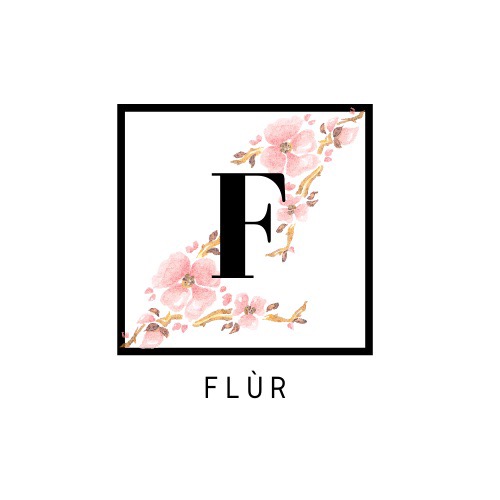What Does ‘Natural Skincare’ Really Mean? How to Read Between the Labels
- flurloves

- May 23
- 3 min read
These days, it feels like everything claims to be “natural” — from supermarket shampoo to big-brand balms. But what does natural skincare actually mean? And how can you tell what’s truly good for your skin (and for the planet) from what’s just clever marketing?
At Flur, we believe that natural skincare should be simple, honest, and rooted in the real power of plants. So let’s gently unpack what to look for — and what to avoid — when choosing products that align with your values.
1. Look for Ingredients You Can Recognise
If the label reads like a botanical garden — think jojoba, sweet almond, tamanu, rosehip — you’re probably in good hands. These are plant oils your skin can actually recognise and benefit from. On the other hand, if the list is full of long synthetic names with no explanation, it might not be as natural as it seems.
At Flur, we use premium cold pressed plant oils that come straight from nature, not a lab — and every ingredient has a purpose.
2. Watch Out for Greenwashing
Terms like “clean,” “green,” “eco,” and even “natural” aren’t actually regulated — which means brands can use them freely, even if only a tiny part of their product meets the standard.
Be cautious of:
Products that claim to be “made with natural ingredients” but only contain a tiny amount, while the rest is made up of synthetic or potentially harmful additives.
Eco-friendly-looking packaging hiding harsh chemicals inside – earthy tones and kraft paper labels don’t always mean the contents are kind to your skin or the environment.
A good rule of thumb? Read the ingredients list and trust brands that show you what’s really inside.
3. What Does “Naturally Derived” Really Mean?
“Derived from nature” can still mean an ingredient has been chemically altered or processed. This doesn’t always make it bad, but it’s worth knowing. There’s a big difference between lavender essential oil and a lavender-scented chemical compound.
We prefer to use whole-plant infusions — like soaking fresh kawakawa leaves in oils — so your skin gets more than just scent; it gets the plant’s full spectrum of benefits.
It’s also worth noting that essential oils, while completely natural, are incredibly potent. They must be used with care and in the right concentration. That’s why all of our formulations follow safe, skin-friendly ratios — so you can enjoy their benefits without overwhelming your skin.

4. Why Slower Skincare Is Better
In a world full of 10-step routines and miracle claims, we like to slow things down. Natural skincare is about supporting your skin’s rhythm, not forcing quick fixes.
Richer oils, gentle balms, and rituals like facial massage or dry body brushing can do wonders — not just for your skin, but for your overall wellbeing too.
5. Thoughtful Packaging Tells a Story Too
Natural skincare isn’t just about what goes on your skin — it’s about the impact beyond the bottle. That’s why we use:
Amber glass bottles to protect the oils and avoid plastic waste
Reusable cotton bags instead of single-use cardboard, so you can use them again and again. Every part of our process reflects our love for nature and our hope to leave things better than we found them.
Curious to Try? We’ve Got You.
If you’re new to plant oils or just want to feel the difference yourself — we offer free mini samples of our oils. You just cover the shipping.
It’s a small way to experience what natural should feel like: gentle, grounding, and honestly made.




Comments